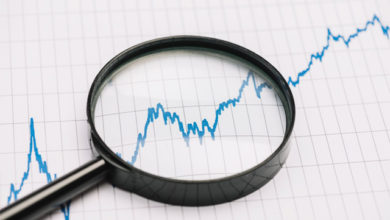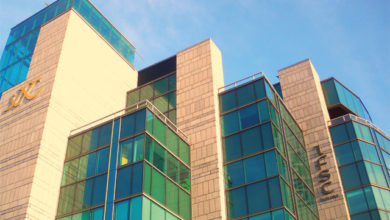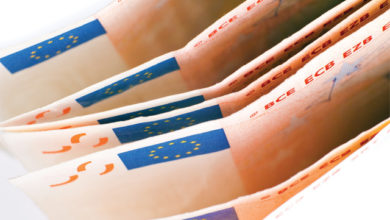the ‘only option’
The overall economic picture is weak, according to the ESRI’s winter 2011/spring 2012 quarterly economic commentary. The euro zone economy is slipping into recession due to the impact of austerity measures and policy uncertainty in the euro zone on investment, consumer spending and employment.
As well as looking at the current crisis and trying to prevent it from happening again by focusing on providing a fiscal framework i.e. the fiscal compact, the ESRI argues that the crisis could be resolved by recapitalisation of the euro zone banking system, monetisation of some debt, and a concerted fiscal stimulus.
The commentary, written by David Duffy, Joe Durkan and Cormac O’Sullivan, contends that the Irish economy (in GDP terms) grew by 0.9 per cent last year and will grow by the same amount this year. The troika initially predicted growth rates of 0.6 per cent in 2011 and 1.9 per cent in 2012 but reduced that to 0.4 per cent and 1.5 per cent respectively. On the other hand, the Central Bank of Ireland estimated that GDP grew by about 1 per cent last year and had the prospect of that increasing to 1.8 per cent in 2012.
GNP, which reflects a country’s quality of living and is driven by domestic demand, will experience small growth in 2012 (1.0 per cent) but domestic demand will remain low due to the impact of the Government meeting its troika target of bringing the budget deficit down to 3 per cent of GDP by 2015. GNP will also grow by 1.0 per cent in 2013 with unemployment falling slightly to 13.7 per cent (due to migration), the paper predicts.
2011 exports increased by 4 per cent to €93 billion (from €89.2 billion in 2010) with growth driven by chemicals and pharmaceuticals. The ESRI predicts that merchandise export growth in volume terms will be 3 per cent in 2012, compared with 4.8 per cent in 2011. Exports will be affected by a cholesterol reducing drug called Lipitor, made in Pfizer’s Cork factory, coming off patent. “It is not clear what the volume effect will be as the product will still command some brand loyalty and there could be exports of generics,” the paper states. The services sector is expected to remain relatively strong with additions to the number and size of firms, particularly in the multi-national IT sector, and should continue to grow at about 4 per cent.
Imports are expected to decline in 2012 in line with the slow growth in exports. Investment in agriculture and airlines could boost future import figures, as well as the development of existing manufacturing enterprises. The commentary expects to see employment falling, a reduction in incomes and weak consumer confidence. These, along with high uncertainty and a high personal savings rate will lead to the volume of personal consumption falling in 2012 and in 2013. In addition, direct government investment will be limited to a small number of school refurbishments and the water meter roll-out, the paper states. While the ESRI paper doesn’t refer to transport, the Government has committed funding to some projects.
Ireland’s current debt-to-GDP levels (108 per cent) are close to those experienced in the 1980s (113 per cent), the commentary points out. “Without funding from the Troika, Ireland would not be in a position to maintain even the present reduced level of expenditure,” it claims. Ireland should try to reduce its debt-to-GDP ratio “well below the 60 per cent target” stipulated in the six-pack on economic governance.
The paper concludes that austerity is “self-defeating” if all euro zone countries are implementing it but adds that, in Ireland, “there is no realistic alternative to austerity given the fiscal imbalances and the scale of government debt.”
| ESRI Projections (%) |
2010 |
2011 |
2012 |
2012 |
|
GDP |
-0.4 |
0.9 |
0.9 |
2.3 |
|
GNP |
0.3 |
-0.6 |
1.0 |
1.0 |
|
Unemployment |
13.6 |
14.2 |
14.0 |
13.7 |
|
Exports |
6.3 |
4.4 |
3.4 |
3.8 |
|
Imports |
2.7 |
0.5 |
1.1 |
1.6 |
|
General government balance (% GDP) |
-31.3 |
-10.1 |
-8.6 |
-7.5 |
|
General government debt (% GDP) |
92 |
108 |
115 |
120 |






